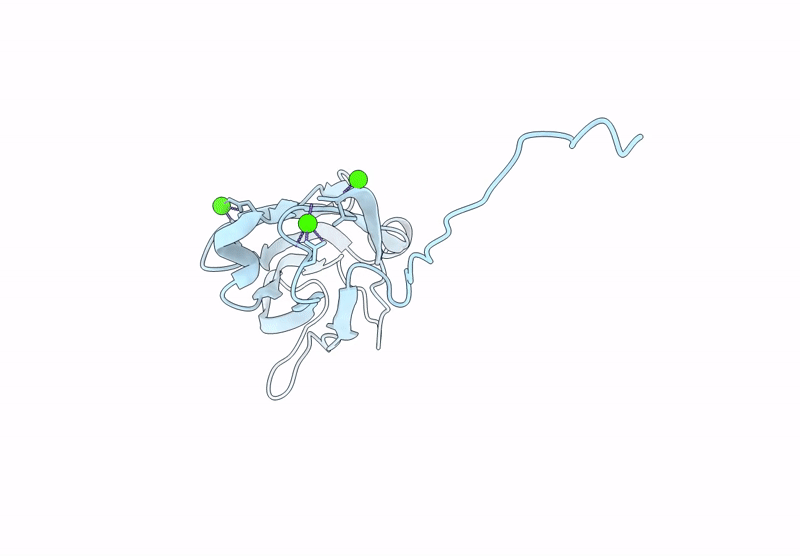
Deposition Date
2024-04-03
Release Date
2025-04-09
Last Version Date
2025-10-29
Entry Detail
Biological Source:
Source Organism:
Hyperthermus sp. (Taxon ID: 1970083)
Host Organism:
Method Details:
Experimental Method:
Resolution:
3.40 Å
Aggregation State:
FILAMENT
Reconstruction Method:
HELICAL


